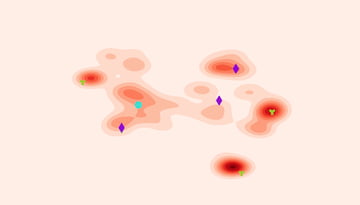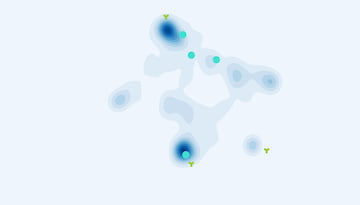2019 – 2020
Spark MR
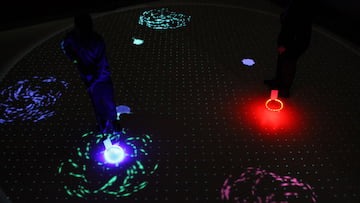
Mixed reality gaming for social initiation
To support children affected by an autism spectrum condition in learning about social initiation, researchers have been developing various intervention techniques. A promising line of research was found in the usage of game-based technology-enhanced interventions facilitating physical embodiment such as Lands of Fog (developed by the Full-Body Interaction Laboratory, UPF Barcelona). Despite its preceding success, Lands of Fog yielded further improvement potentials. In my master thesis project, I designed, developed and empirically validated a possible successor called Spark.
Team
Software Engineer, 3D Artist, Digital Designer

Preliminary analysis
I started with an analysis of preceding projects and relevant research literature, which provided deeper understanding of successful design features and possible limitations. Appropriate design principles, development criteria and strategies were derived from the gained knowledge and guided the development of Spark.
Hardware design
The designed installation required two high-quality projectors, allowing for a six by six meters floor projection. Speakers accompanied the visual stimuli with auditive ones. Each child was equipped with a custom-made handheld device. LED strips within the controllers allowed position tracking through four ceiling-mounted cameras.
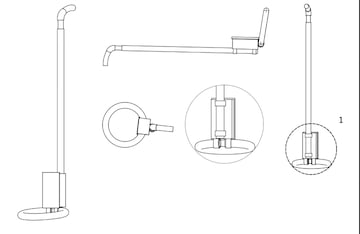
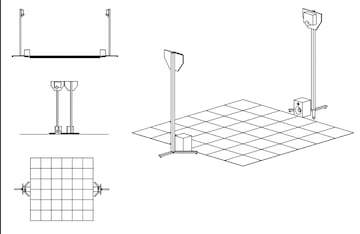
Game design (Mixed reality)
We created a virtual environment using Unity, which was projected onto the floor. The environment was based on a deep space theme, where two children (ideally one neurotypical child and one child on the spectrum) could create, collect and interact with planet-like shapes, forming their own universe together.

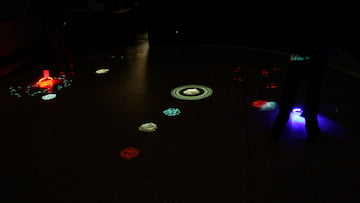

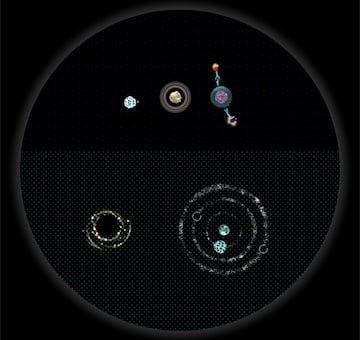
Testing and validation
In total 44 neurotypical children from local school classes provided insights during the design and development of Spark’s game mechanics. Due to restrictions enacted in response to the COVID-19 pandemic, the final evaluation of Spark was based on a study with 18 neurotypical children. Pairs of children thereby tested Spark in a ten-minute play session before independently reporting their engagement and intention to join future sessions through a digital post-play questionnaire. I further analysed gathered usage data e.g. player movement and visualised the data, here in form of heatmaps for easier comparison. Additionally, semi-structured interviews with three psychologists assessed Spark’s potential efficacy.
